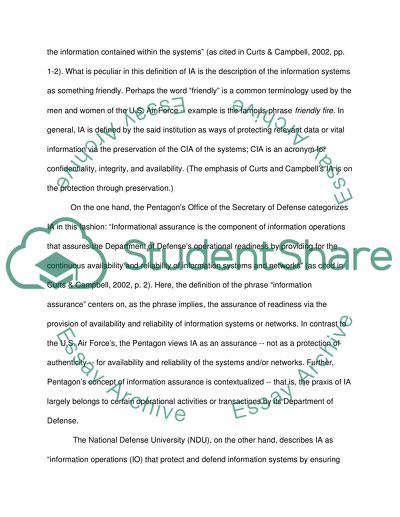Cite this document
(“Protecting Intellectual Property Rights With Information Assurance Research Paper”, n.d.)
Retrieved from https://studentshare.org/family-consumer-science/1412868-protecting-intellectual-property-rights-with
Retrieved from https://studentshare.org/family-consumer-science/1412868-protecting-intellectual-property-rights-with
(Protecting Intellectual Property Rights With Information Assurance Research Paper)
https://studentshare.org/family-consumer-science/1412868-protecting-intellectual-property-rights-with.
https://studentshare.org/family-consumer-science/1412868-protecting-intellectual-property-rights-with.
“Protecting Intellectual Property Rights With Information Assurance Research Paper”, n.d. https://studentshare.org/family-consumer-science/1412868-protecting-intellectual-property-rights-with.


